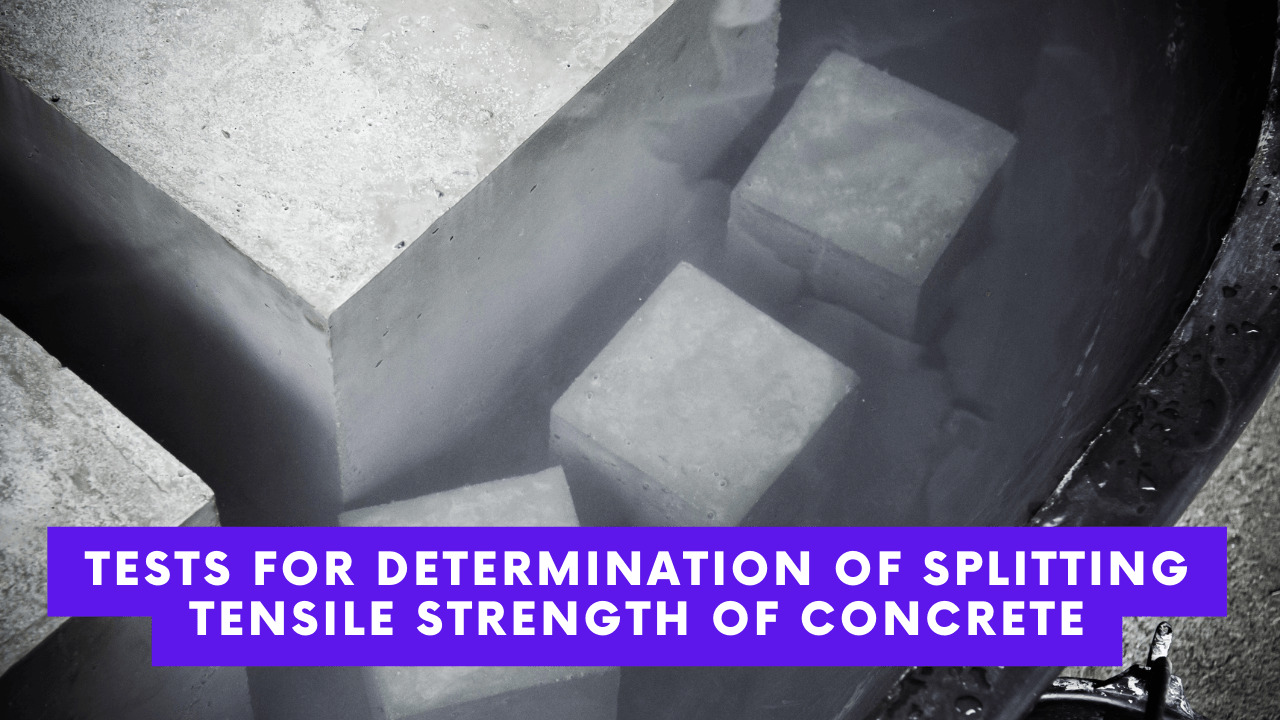Table of Contents
Introduction:
The most important factor to be considered while choosing any type of material in construction is its compressive strength. The building components undergo certain set of forces during its life. So the major factors should be kept in account while determination of the type of materials adopted.
Apparatus:
The apparatus that are to be used in this experiment are as follows:
- A scale (with an accuracy of up to 0.1 grams)
Fig#1 steel mold
- Six Cube molds of steel (50 mm/2in. each)
- Tampers usually 1325mm cross-section, 12 to 15cm diameter.
- Trowel made of steel
- Ordinary Portland cement (or any desired)
- Water (specific proportion)
- Sand
Standards:
Following are the standards that are elaborated and kept in account for valid observations.
- ASTM C109
- ASTM C109M-16a
Related Theory:
Cement has many grades which vary with its type and different physical as well as mechanical features. Cement is considered as a binding and foundation element in the design of buildings. Hence, its capacity and compressive strengths are most important.
Compressive strength:
Compressive force
Compressive strength is defined as the material or the structural tendency to bear or uplift the load applied on it under the action of compression. The compression of a weak material may result into the cracks and fissures which results into failure.
Compressive strength = (Max load carried by specimen/Top Surface Area of specimen)
Technically,
“The capacity of a cement to counteract the compressive test applied on its sample is termed as its compressive strength.”

Fig#2 Compression testing machine
The two parameters i.e. Compression and tension are the most important and are highly considered during the quality determination.
Procedure:
Following are the steps adopted for the experimental determination:
Sample preparation:
- Weigh a certain sample of cement, sand, and water accordingly to the standard proportion. The sand particles should be fine according to the standard requirements of IS:650-1966 i.e. no silt and it retain on the sieve of 90 micrometers and should pass through the sieve of 2mm.
- Clean all the apparatus listed with a dry piece of cloth.
- Check the room temperature suitable for the cement (27 ̊C to 29 ̊C).
- Place the bowl in the mixer and place cement and water in it (proportioned). Now start mixing the sample a uniform slow speed of 1405 r/min for a time span of 30 seconds.
- Now add the sand in it which is weighed in a span of 30 seconds while mixing the sample continuously.
- Stop the mixer and increase the speed up to 285+10r/min and mix again for another 30 seconds.
- After 30 seconds turn off the mixer and let the sample rest for 1.5minutes, during its first 15seconds scrape of the material if any at its sides.
- Finish the process by mixing for 1 minute at the medium speed.
Mold preparation:
The followings steps are adopted:
- The sample molds are covered/greased with a thin layer of oil firmly.
- The molding of the sample is started right after 2.5 minutes of its preparation.
- The sample is poured in two layers. First a depth of 25mm is filled and the tamping rod is used to remove the air particles or void if any, ad then the successive layer is poured and tamped.
- The tamping’s provided are 32 in four rounds covering all the points also its pressure should be sufficient enough to remove the voids only.
- The sample is then cut off from the top to have an even and uniform surface.
- These are kept in the molds for 20 to 24 hours and then they are removed from the mold and are placed in the water basin for the process of curing.
- After 7 days 14 days and 28 days take out the specimen and apply the loading.
- Apply axial loading on the specimen and note down the load applied when the specimen starts breaking off.
- Note down the reading and calculate the compressive strength with the above mentioned formula of compressive strength.
Observations:
Cement type:
Cement source:
Cement manufacturer:
|
Cube # |
Age of cubes |
Surface Area of cube (mm3) |
Max Load (KN) |
Compressive strength (Mpa/ N/mm2) |
|
1 |
7 days |
|||
|
2 |
7 days |
|||
|
3 |
14 days |
|||
|
4 |
14 days |
|||
|
5 |
28 days |
|||
|
6 |
28 days |
COMMENTS:
Comment on the quality and use of the tested cement based on its compressive strength(the results obtained). The results obtained determine the grade of the cement i.e. compressive strength in N/mm2. e.g. the compressive strength obtained is 40N/mm2 so its grade is 40.






